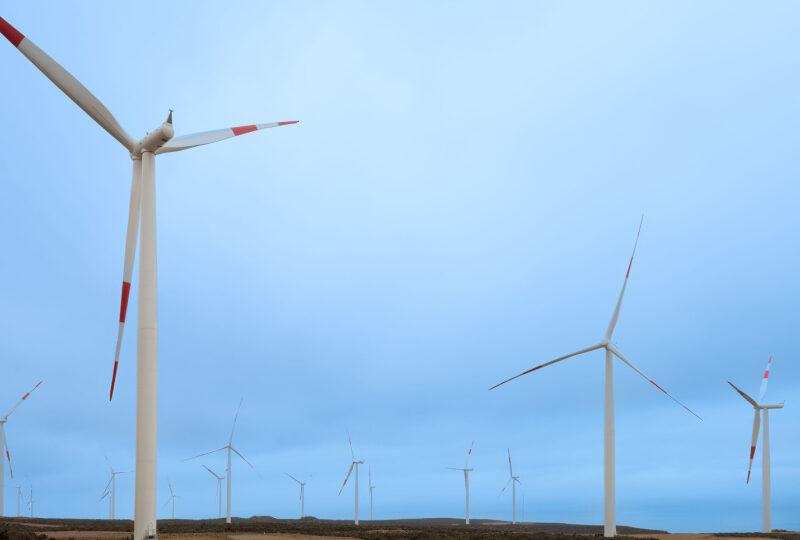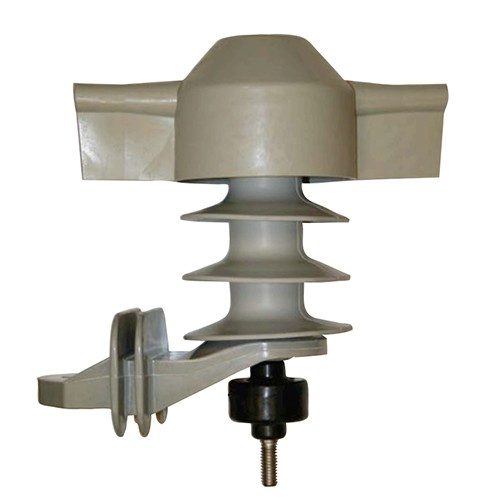
Wind power in Peru is a noteworthy renewable energy project that has the potential to lower carbon emissions and drive sustainable development. The goal of the Caraveli wind project in Peru is to use the region’s powerful winds to produce sustainable electricity. This will help in decreasing reliance on fossil fuels. The project recently obtained a permanent occupancy easement from the Peruvian government. The plan is to set up 36 turbines with the capability to generate 220 MW of power. This energy will then connected to the national grid, ensuring access to energy and reliability. The wind project will help reduce greenhouse gas emissions by decreasing the dependence on thermal power plants. The wind energy initiative assists in broadening Peru’s energy sources by incorporating wind power into the mix. Surge arresters shield wind energy projects from electrical harm caused by lightning strikes and voltage surges.
High-quality surge arresters protect important equipment like inverters, transformers, and generators. Surge arresters aid in reducing downtime and maintaining the uninterrupted operation of wind turbines. The arresters offer safeguarding for electrical gear and guarantee the system’s long-term dependability and efficiency. The Caraveli wind project encountered various obstacles in acquiring land in the nation. These issues include land ownership and rights, communal land rights, environmental worries, compensation, and logistical hurdles. Dealing with these challenges requires following legal and environmental regulations and implementing fair compensation methods. This included the use of surge arresters to cut the likelihood of harm from voltage surges and lightning strikes. Let’s examine the significance of employing surge arresters and the advantages of wind projects in Peru.
Importance of surge arresters in Peruvian wind farm developments
Surge arresters are essential for safeguarding wind energy projects against electrical damage triggered. The damage may be from voltage strikes and lightning. They safeguard them from electrical disruptions and ensure the safety, dependability, and durability of the system. The following are the roles played by surge arresters in wind power systems.

- Surge arresters provide defense from lightning strikes by redirecting the high voltage to the ground. This helps to avoid harm to delicate electrical parts like generators, transformers, and control systems.
- Surge arresters safeguard wind turbine electrical components from overvoltage events, preventing damage. They restrict the voltage levels and offer a secure route for surplus energy to disperse.
- Wind farms connected to the electrical grid are at risk of surges from the turbines that can impact grid stability and safety. Surge arresters play a vital role in safeguarding grid stability by stopping these surges from causing damage.
- Surge arresters safeguard control, monitoring, and communication systems in wind turbines. Managing turbine operations is crucial for the functionality of these systems. Tracking progress and guaranteeing secure shutdowns.
- Decreasing maintenance and repair expenses – surge arresters lessen the necessity for regular repairs and maintenance. This results in decreased expenses and downtime, guaranteeing the ongoing production of wind power.
Advantages of wind power growth in Peru
The wind energy initiatives in Peru provide many advantages to the country’s energy industry. The initiatives support sustainable development, energy security, and economic growth. Wind power diversification increases energy mix, boosts climate objectives, drives innovation, and enhances grid dependability. Also, utilizing surge arresters assists in upholding the dependability of the systems. This is to ensure the safe and efficient operation of wind farms. TTF is a world-class global provider of high quality overhead line hardware, transmission hardware, distribution hardware, conductors, insulators, cutout switches, anchoring and grounding products. Here are the advantages of wind energy projects in Peru’s power industry.

- Wind farms contribute to enhanced grid dependability by generating power in a decentralized manner. Wind power can work together with solar and other renewable sources to support the equilibrium between energy supply and demand.
- Energy access can be extended to isolated and rural regions through wind energy. This allows electricity access to areas with no grid connection.
- Technological progress – the advancement of wind power stimulates technological progress in renewable energy technologies.
- Stabilizing electricity costs – the inexpensive operation and maintenance of wind turbines contribute to lowering electricity prices.
- The growth of the economy is promoted by wind energy projects that open up employment opportunities in construction. The expansion of the wind power industry has the potential to generate employment opportunities in fields like manufacturing, logistics, and services.
- Adding wind energy to Peru’s energy mix diversifies the sources of renewable energy available in the country. This decreases the chances associated with reliance on finite energy sources.